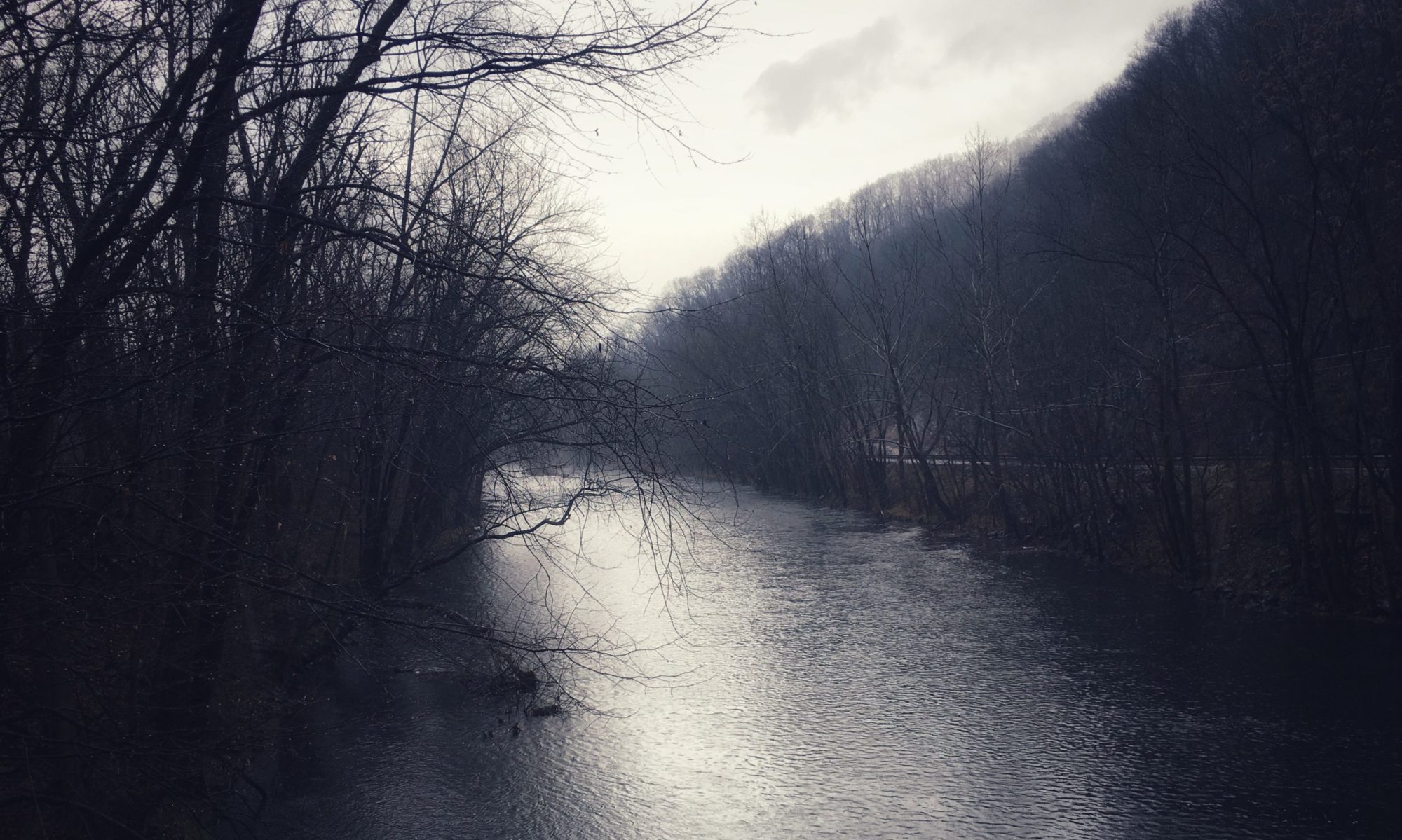Esteban (1)
At dawn the long-limbed shadow
that all night had blocked a northern
slice of stars
takes on color, changing minute
by minute from black to indigo,
from indigo to ochre,
from ochre to flaming red.
Takes on a kind
of substance, part earth,
part sky: a middle term
without which either side remains
irreducibly apart.
Even in the heat of noon–he muses,
watching the camp come to life–
these desert mountains remain
in a semi-liquid state.
More than mere mirage
or bank of cloud: something
none of the languages he’s learned
can quite encompass.
A substance perhaps closest
to quicksilver, which the alchemists
personify as Mercury,
messenger of the gods.
Or like molten glass:
not much of a stretch, considering
how the mountains resolve
into frozen layers of sand
at one’s approach. He recalls
the view from the slave
quarters in Azemmour,
how the distant hills
hung in the southeast
like the shadow of a smile
on the lips of a not-yet lover.
If mountains didn’t exist,
Esteban starts to murmur–
& breaks off, a sudden recollection
rising into view. When
had his mother ever
mentioned mountains? In all
the boundless lands south
of the Sea of Sand–where mountainous
islands made fortresses, bandit
lairs for the Blue People–
nowhere in that vast savanna
can he remember hearing
the tiniest
rumor of sierras. Tales
of mighty trees, yes–
some fat enough, if hollow, to house
an entire flock of goats, others
with crowns that shaded villages,
tasted the clouds.
But the biggest of trees can’t give refuge
to a persecuted people.
(To be continued)
__________
none of the languages he’s learned: Cabeza de Vaca makes it clear that Esteban had served as the main translator for the Four, though evidently they were all fluent in Native American sign language. This, combined with the obvious fact that Esteban probably grew up trilingual in the Portuguese colony of Azemmour and would have learned Castillian after being sold to the Spanish, influenced my portrayal of him as proficient in many languages.
Sea of Sand: The literal meaning of “Sahara” in Arabic.
the Blue People: The desert-dwelling, nomadic Tuareg, so called because of their distinctive, deep blue robes.
some fat enough, if hollow: This is no exaggeration – some baobab trees do grow that big!
others with crowns that shaded villages: This is a reference to the kapok tree, revered as a representation or hypostasis of the mythic world-tree in parts of both Africa and Mesoamerica, where the species is known as ceiba.
OTHER POSTS IN THE SERIES
- Cibola 1
- Cibola 2
- Cibola 3
- Cibola 4
- Cibola 5
- Cibola 6
- Cibola 7
- Cibola 8
- Cibola 9
- Cibola 10
- Cibola 11
- Cibola 12
- Cibola 13
- Cibola 14
- Cibola 15
- Cibola 16
- Cibola 18
- Cibola 19
- Cibola 20
- Cibola 21
- Cibola 22
- Cibola 23
- Cibola 24
- Cibola 25
- Cibola 26
- Cibola 27
- Cibola 28
- Cibola 29
- Cibola 30
- Cibola 31
- Cibola 32
- Cibola 33
- Cibola 34
- Cibola 35
- Cibola 36
- Cibola 37
- Cibola 38
- Cibola 17
- Cibola 40
- Cibola 41
- Cibola 42
- Cibola 43
- Cibola 44
- Cibola 45
- Cibola 46
- Cibola 47
- Cibola 48
- Cibola 49
- Cibola 50
- Cibola 51
- Cibola 52
- Cibola 53
- Cibola 54
- Cibola 55
- Cibola 56
- Cibola 57
- Cibola 58
- Cibola 59
- Cibola 60
- Cibola 61
- Cibola 62
- Cibola 63
- Cibola 64
- Cibola 65
- Cibola 66
- Cibola 67
- Cibola 68
- Cibola 69
- Cibola 70
- Cibola 71
- Cibola 72
- Cibola 73
- Cibola 74
- Cibola 75
- Cibola 76

